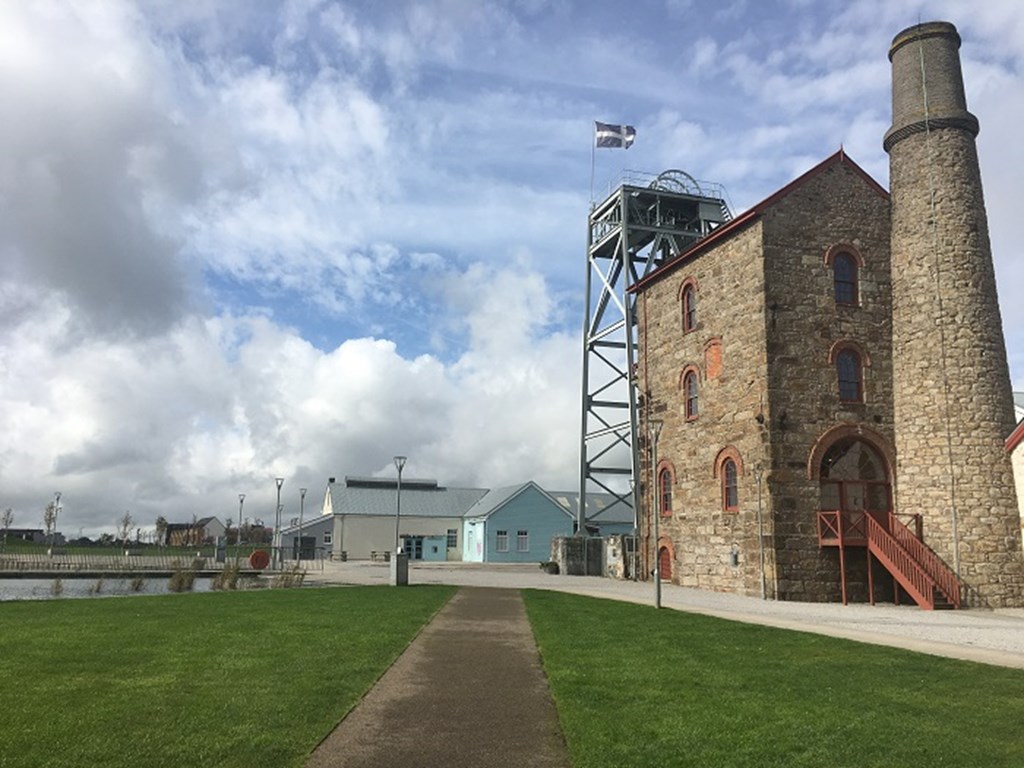There are around 5,000 former metal mines in England and Wales. As metal supplies diminish new sources are needed, especially for use in smart technologies, and people are turning to legacy mine wastes as a potential source. In this EPSRC-funded project we explored the feasibility of metal extraction from mine wastes in terms of site designations for nature and heritage, and the perspectives of local people.
We found that most metal mines in England and Wales have some protection in place. For example, around 20% of former metal mines are associated with Sites of Special Scientific Interest, and around 15% of those in England are in a World Heritage Site.
Those living in former mining landscapes value their mining heritage but have different priorities for its long-term management. Whatever their priorities, residents expressed concern for the impact of the mines on water quality and the motivations of ‘experts’ shaping their future without considering the views and needs of the local communities.
We found that there may be some support for metal recovery from abandoned mines if it is combined with high quality restoration that mitigates water pollution and revegetates the sites, whilst preserving their cultural heritage.

Mining heritage preserved through new development at South Crofty, Cornwall
